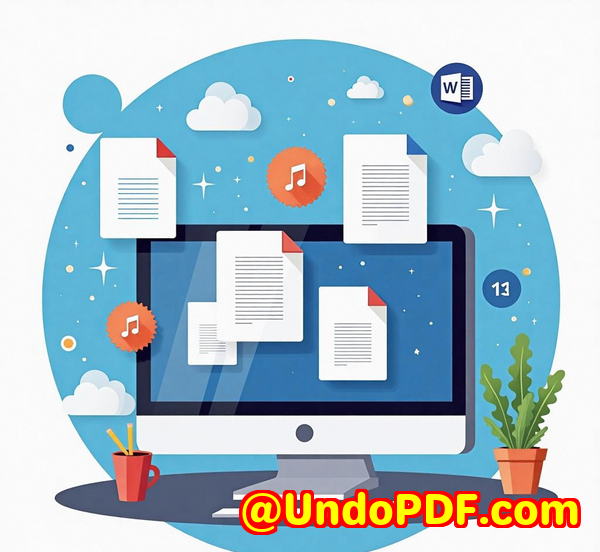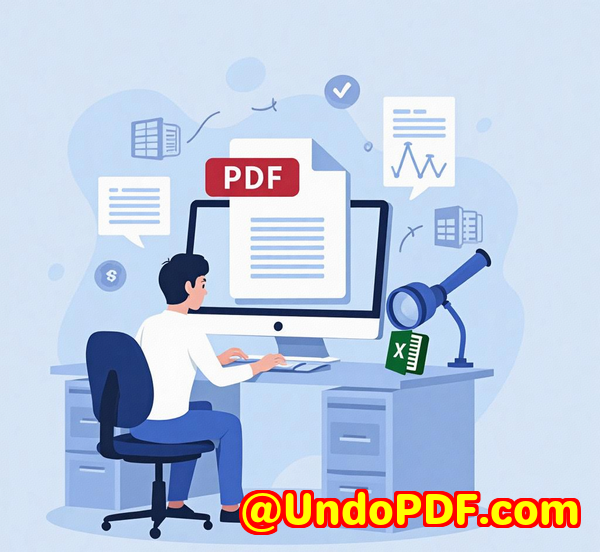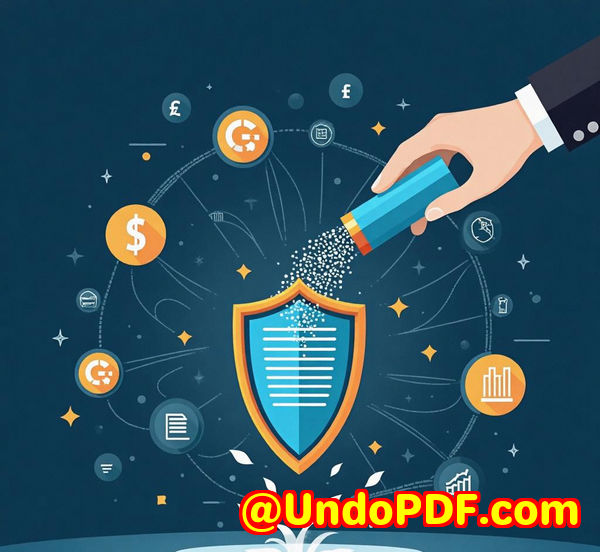Exploring the Powerful Features of VeryPDF SPL to PDF SDK for High-Volume Document Conversions
Exploring the Powerful Features of VeryPDF SPL to PDF SDK for High-Volume Document Conversions
Every day, businesses handle hundreds, even thousands, of print jobs across their networks. In this high-paced environment, it’s crucial to process all documents efficiently and convert them into a usable format. Imagine dealing with a mountain of spool files that need to be converted into PDFs or other formats. That’s where the VeryPDF SPL to PDF Converter SDK comes into play an absolute game-changer for developers who work with large volumes of documents.

What is SPL and Why Should You Care?
Before diving into the details of the product, let’s take a step back and understand SPL files. SPL (Spool File Format) is used by Windows operating systems to temporarily store data sent to a printer. These files, typically found in the C:\Windows\System32\spool\PRINTERS directory, can be tricky to deal with, especially when they need to be converted into a usable format like PDF, JPEG, or PNG.
If you’re a developer or a business dealing with high volumes of print jobs, the VeryPDF SPL to PDF Converter SDK is exactly what you need. This tool lets you easily convert SPL files into a variety of formats while offering an SDK that makes integration a breeze.
What Makes the VeryPDF SPL to PDF SDK Stand Out?
If you’ve been in the game long enough, you know there are countless file conversion tools out there. However, VeryPDF SPL to PDF Converter SDK offers a handful of features that set it apart:
-
Royalty-Free for Developers
No more worrying about licensing fees. The SPL to PDF SDK is royalty-free for developers, making it a cost-effective choice for businesses that require frequent document conversions.
-
Multi-format Support
It supports a wide range of input formats, including SPL, EMF-SPL, PCL, XPS, Postscript, and TSC POS Label Printer SPL, just to name a few. It also offers multiple output formats such as PDF, BMP, JPEG, PNG, TIFF, and more. This flexibility is a huge win for anyone working in a mixed-format environment.
-
Easy Integration and Command-Line Interface
Whether you are using C#, Python, JavaScript, or Java, the SDK allows easy integration. Its Command-Line Interface (CLI) is perfect for developers who need to automate the conversion process. Plus, with multithreaded support, you can convert multiple SPL files simultaneously, which significantly boosts performance in high-volume environments.
-
PDF Output Control
One of the standout features is the ability to control your PDF output. You can specify everything from the document title and author to encryption settings and security restrictions. You can even compress and optimize the resulting PDFs to suit your needs.
Real-World Example: How It Saved Me Time
I remember dealing with a project that involved converting a large number of print spool files into PDF format. Initially, we used a generic tool that was slow and had limited functionality. As a result, we spent hours manually adjusting settings and fixing files that weren’t converting properly.
That’s when I stumbled upon the VeryPDF SPL to PDF Converter SDK. The tool’s command-line interface meant I could automate the entire process. I was able to set up a batch conversion of SPL files into PDFs with minimal input. What normally would have taken hours, now took only a few minutes.
The multithreading feature was another game-changer. Since I was converting multiple files at once, I didn’t have to wait for one process to finish before starting the next. This dramatically sped up the entire workflow, freeing up my time for other tasks.
Another major win was the ability to combine multiple SPL files into a single PDF document. Instead of dealing with dozens of separate files, I was able to merge everything into one neat, organized PDF. This simple feature saved me hours of manual effort.
Use Cases for VeryPDF SPL to PDF SDK
This SDK isn’t just for developers; it’s perfect for businesses across various industries that need to process high volumes of print jobs. Here are some examples:
-
Legal Firms: Law firms deal with large volumes of documents, including contracts, court filings, and legal briefs. The VeryPDF SPL to PDF SDK can convert print spool files into PDFs, making it easier to archive and share important legal documents securely.
-
Government Agencies: Government bodies that rely on print-based systems for documentation can streamline their workflows by using the SPL Converter to convert physical print jobs into PDFs that can be archived digitally.
-
Retailers and Manufacturers: Retailers and manufacturers who use POS systems or label printers can use this tool to convert TSC POS Label Printer SPL files into formats like PDF, PNG, and JPEG, ensuring seamless integration into their inventory or shipment tracking systems.
-
Healthcare: Medical offices can convert patient files, appointment records, and prescriptions stored as SPL files into secure PDFs, ensuring compliance with regulations like HIPAA.
Core Advantages of Using VeryPDF SPL to PDF SDK
-
Speed: The multithreaded conversion process ensures high-speed processing, even when dealing with thousands of files.
-
Flexibility: It supports a wide range of input and output formats, giving you complete flexibility to convert files as needed.
-
Security: With encryption options ranging from 128-bit RC4 to various restriction settings (e.g., preventing printing, editing, or copying), this tool ensures your documents remain secure.
-
Ease of Use: Despite its powerful features, the SDK is simple to integrate with only a few lines of code, making it accessible for both beginners and seasoned developers.
How It Compares to Other Tools
There are several other file conversion tools out there, but most of them have limitations in terms of formats or functionality. Unlike other tools that only support basic file conversions, the VeryPDF SPL to PDF SDK goes the extra mile by supporting multiple formats and advanced PDF features.
The royalty-free licensing is another major advantage. Many competing solutions charge developers extra fees based on usage, which can add up quickly for businesses with high conversion needs.
Conclusion: Why You Should Give It a Try
If you’re dealing with high volumes of SPL files and need a reliable, fast, and secure way to convert them into usable formats, the VeryPDF SPL to PDF Converter SDK is the tool for you. It has saved me hours of work and streamlined workflows for my clients.
I’d highly recommend this to any developer or business looking to automate their document conversion process. Start your free trial now and boost your productivity.
Custom Development Services by VeryPDF
If your needs go beyond the standard capabilities of the VeryPDF SPL to PDF SDK, VeryPDF offers custom development services tailored to your specific requirements. Whether you need specialized solutions for Linux, macOS, Windows, or server environments, VeryPDF’s development team can help create the perfect solution for your business.
FAQ
-
What is SPL, and why do I need to convert it to PDF?
SPL (Spool File) is used by Windows systems to temporarily store print jobs. Converting SPL files to PDFs helps in digital archiving and sharing files more efficiently.
-
Can I integrate this SDK with my existing application?
Yes, the SDK is designed for easy integration with various programming languages, including C#, Python, JavaScript, and Java.
-
Does this tool support batch processing?
Yes, it supports multithreaded batch processing, allowing you to convert multiple files simultaneously.
-
Is there a free trial available?
Yes, you can try the VeryPDF SPL to PDF Converter SDK for free before committing to a purchase.
-
Can I use this SDK on all versions of Windows?
Yes, the SDK supports all versions of Windows from Windows 2000 to Windows 10.
Tags or Keywords
-
SPL to PDF
-
PDF Conversion SDK
-
Print Spool Files
-
Batch File Conversion
-
High-Volume Document Processing
Explore VeryPDF SPL to PDF Converter Command Line SDK for Developers Royalty Free Software at: https://www.verypdf.com/app/hookprinter/spool-spl-to-pdf-converter.html



